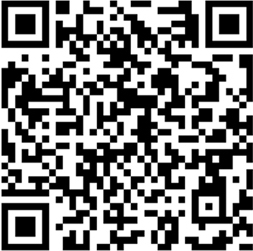First there was Software as a Service or SaaS. It was arguably the most disruptive of all disruptions in the technology sector, and it turned traditional enterprise software licensing on its head by introducing the concept of “renting” versus buying software to run your business.
Soon after SaaS, there was Platform as a Service or PaaS (thanks Marc Benioff’s marketing folks). This took SaaS to an entirely new level by giving businesses the ability to build their own custom software applications.
Next came Infrastructure as a Service or IaaS (pioneered by Amazon, Rackspace and others) which made it faster, easier and less expensive for companies to outsource the technological underpinnings of their business – storage, hardware, servers and networking.
First there was Software as a Service or SaaS (thanks Marc Benioff). It was arguably the most disruptive of all disruptions in the technology sector, and it turned traditional enterprise software licensing on its head by introducing the concept of “renting” versus buying software to run your business.
Soon after SaaS, there was Platform as a Service or PaaS (thanks Marc Benioff’s marketing folks). This took SaaS to an entirely new level by giving businesses the ability to build their own custom software applications.
Next came Infrastructure as a Service or IaaS (pioneered by Amazon, Rackspace and others) which made it faster, easier and less expensive for companies to outsource the technological underpinnings of their business – storage, hardware, servers and networking.
The latest incarnation of XaaS (anything as a service) involves not the replacement of a technology or product, but rather skilled professionals who have developed expertise in everything from Big Data classification and verification, to language translation, to testing, to search relevance testing. We call it Business Process Crowdsourcing (BPC) at Lionbridge. But in keeping with the “XaaS” nomenclature, another way of looking at how we are delivering a solution to our clients’ business problems is to characterize it as Talent as a Service or TaaS.
The common denominators in each of these examples are, of course, the cloud and a new business delivery model under which the client – whether they need software, storage, applications, hardware or just plain old intelligence and specialized brainpower – pays on a per-use basis.
















